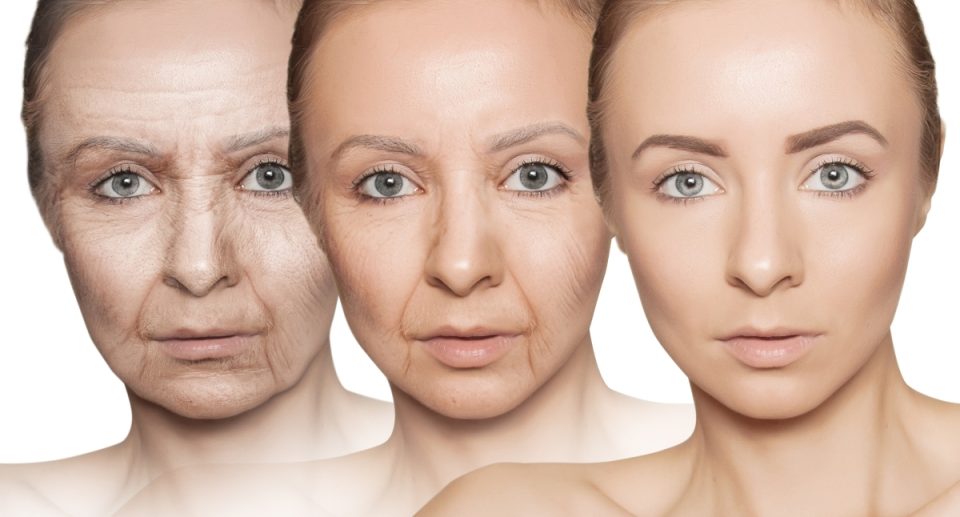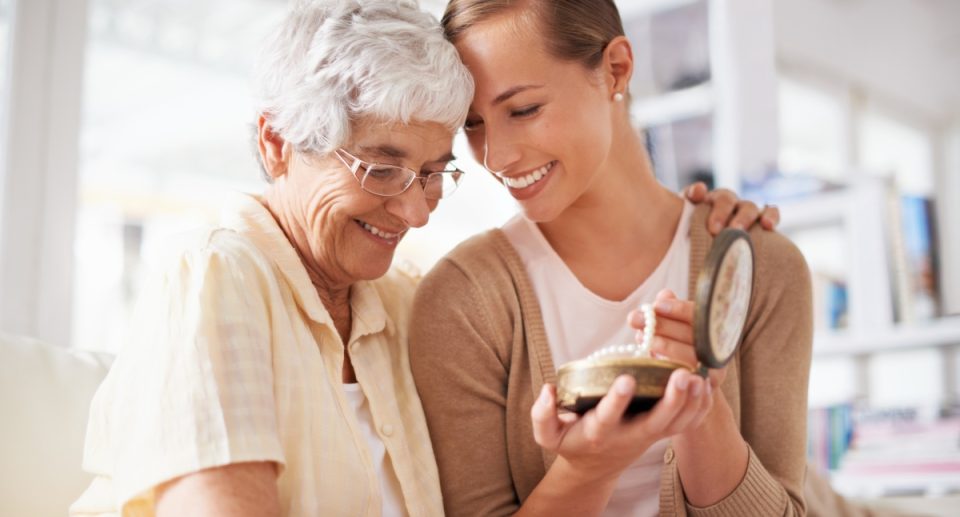Fitness at Home: Exercise Routines for Seniors with Limited Mobility

As we age, staying active becomes increasingly important for maintaining health, mobility, and mental well-being. For seniors, especially those with limited mobility, exercising at home can offer a safe and effective way to keep the body moving. Numerous exercises are tailored specifically to enhance flexibility, strength, and cardiovascular health, even with limited movement.
While you may not be able to engage in the vigorous activities of your youth, incorporating gentle, targeted exercises can vastly improve your overall quality of life. Whether you’re recovering from surgery, dealing with chronic conditions like arthritis, or simply facing age-related mobility limitations, staying active has profound physical and mental health benefits.
Benefits of Exercise for Seniors with Limited Mobility
Exercise isn’t just about staying in shape; it’s about staying healthy. For seniors with limited mobility, physical activity offers a host of benefits beyond just weight management. Some of the most critical advantages include:
1. Improved Circulation and Cardiovascular Health
One of the main challenges with limited mobility is reduced circulation, which can lead to blood clots, swelling, and poor cardiovascular health. Simple, gentle exercises—even those that can be done seated—help improve blood flow. Cardiovascular activities, such as chair marching or light arm movements, stimulate the heart, helping it pump blood more efficiently throughout the body.
2. Maintaining Muscle Strength and Joint Flexibility
For individuals with limited mobility, maintaining muscle tone and joint flexibility is essential to prevent further physical decline. Muscles tend to weaken when not used, which can lead to decreased independence. Strengthening exercises, even those that require minimal movement, can help preserve muscle strength and ensure joints stay flexible and functional.
3. Boosting Mental Health
Physical activity isn’t just for the body—it’s for the mind, too. Regular exercise can help reduce feelings of anxiety, stress, and depression, which are common among seniors, particularly those with mobility issues. Moving your body, even in small ways, releases endorphins—chemicals that boost mood and promote feelings of well-being. Plus, setting and achieving fitness goals can foster a sense of accomplishment and purpose.
4. Enhancing Balance and Coordination
Limited mobility often comes with a higher risk of falls. However, gentle exercises designed to enhance balance and coordination can significantly reduce this risk. Simple movements, such as leg lifts while seated or stretching exercises, promote body awareness and help maintain balance, leading to greater confidence when moving around.
Safety Considerations for Exercising at Home
Before starting any exercise routine, especially with mobility limitations, it’s essential to take a few precautions to ensure your safety.
1. Consulting with a Doctor
Always speak with your doctor or physical therapist before beginning a new exercise routine. They can provide guidance on which exercises are safe for your specific condition and may even recommend modifications to protect sensitive areas such as joints, muscles, or recent surgical sites.
2. Creating a Safe Exercise Environment
Safety should always be a priority. Set up your exercise space by removing tripping hazards like rugs, ensuring that chairs or any supportive furniture are stable, and wearing non-slip shoes. Additionally, make sure any equipment, such as resistance bands or light weights, is within reach to avoid unnecessary stretching or bending.
3. Listening to Your Body
While it’s essential to push yourself, it’s equally important to recognize when to stop. Pain is a signal that something isn’t right, so if you feel discomfort during an exercise, it’s best to stop and modify the movement or rest. Overexertion can lead to injury, so always work within your comfort zone.
Chair-Based Exercises
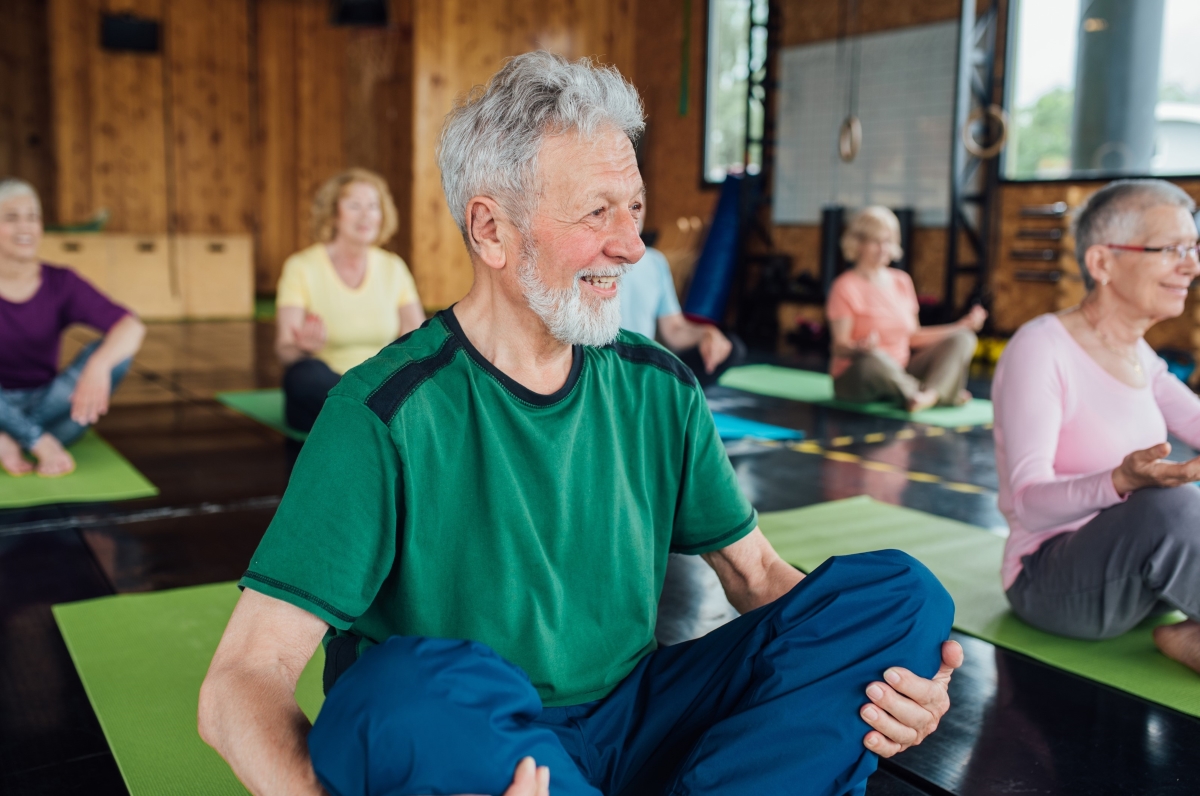
For seniors with limited mobility, chair-based exercises are an excellent way to stay active without putting too much strain on the body. These exercises can be done using a stable chair, offering support while engaging the muscles.
1. Chair Marching
Sit on a chair with both feet flat on the ground. Lift one leg at a time, mimicking a marching motion, while keeping your back straight. This simple movement engages your core and leg muscles and raises your heart rate.
2. Leg Lifts and Extensions
Seated leg lifts are great for strengthening the quadriceps and hip flexors. While seated, straighten one leg out in front of you, hold it for a few seconds, then lower it back down. Alternate between legs to engage both sides evenly.
3. Seated Arm Circles and Shoulder Rolls
Seated arm circles and shoulder rolls are perfect exercises to maintain upper body mobility. Sit up straight and extend your arms out to the sides. Slowly make small circles with your arms, first forward and then backward. Shoulder rolls—moving the shoulders in a circular motion—can help relieve tension and improve flexibility in the upper body.
4. Seated Twist for Core Activation
While seated, place your hands on your knees. Slowly twist your torso to the right while keeping your hips stationary, then return to the center and twist to the left. This gentle movement engages the core muscles, helping maintain abdominal strength and flexibility.
Strengthening Exercises Using Light Weights or Resistance Bands
Strength training is essential for preserving muscle mass as we age. Even light weights or resistance bands can offer an effective workout for seniors with limited mobility.
1. Seated Bicep Curls and Shoulder Presses
Using light dumbbells or resistance bands, sit up straight and perform bicep curls by bending your arms and bringing the weights up towards your shoulders. Similarly, you can perform shoulder presses by raising the weights overhead to strengthen your upper body.
2. Seated Row with Resistance Bands
Use a resistance band to perform seated rows to engage the back muscles. Sit on a chair, loop the band around your feet, and hold the ends in both hands. Pull the band towards your torso, squeezing your shoulder blades together as you pull. This exercise helps improve posture and strengthens the upper back muscles.
3. Seated Leg Press with Resistance Bands
You can use resistance bands for leg presses to work the lower body. While seated, loop a band around your feet, hold the ends, and push your legs out in front of you. This exercise strengthens the legs and promotes mobility in the knees and hips.
Gentle Stretching and Flexibility Routines
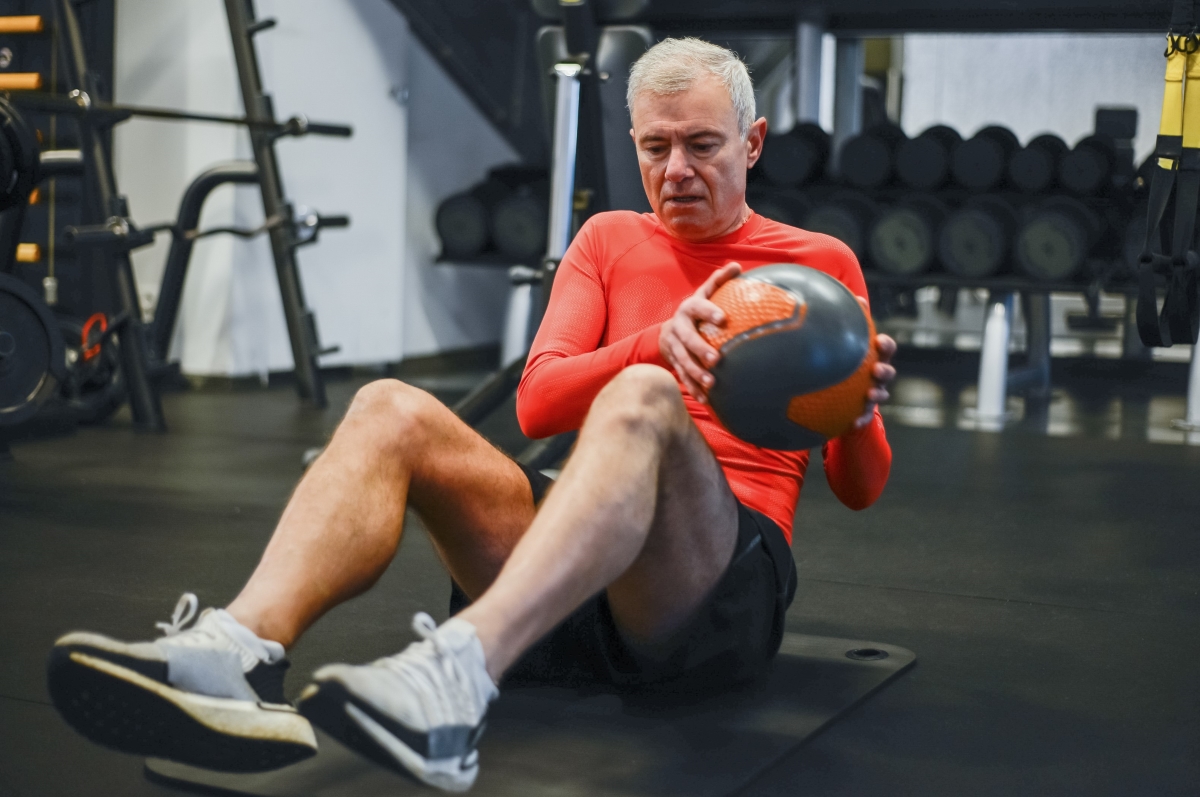
Stretching is vital for maintaining flexibility and preventing stiffness, particularly for seniors with limited mobility.
1. Neck and Shoulder Stretches
Simple neck stretches can help alleviate tension and improve flexibility in the upper body. Slowly tilt your head to the right and hold, then repeat on the left side. Similarly, shoulder stretches, where you gently pull one arm across your chest, can release tension.
2. Ankle Rotations and Calf Stretches
To improve circulation and flexibility in the lower body, perform ankle rotations and calf stretches. While seated, lift one foot and rotate the ankle in a circular motion, then switch to the other foot. For a calf stretch, extend your leg and gently pull your toes towards your body using a towel.
3. Seated Hamstring Stretch
For a seated hamstring stretch, extend one leg out in front of you and reach towards your toes. This gentle stretch improves flexibility in the hamstrings and lower back.
Breathing and Relaxation Techniques
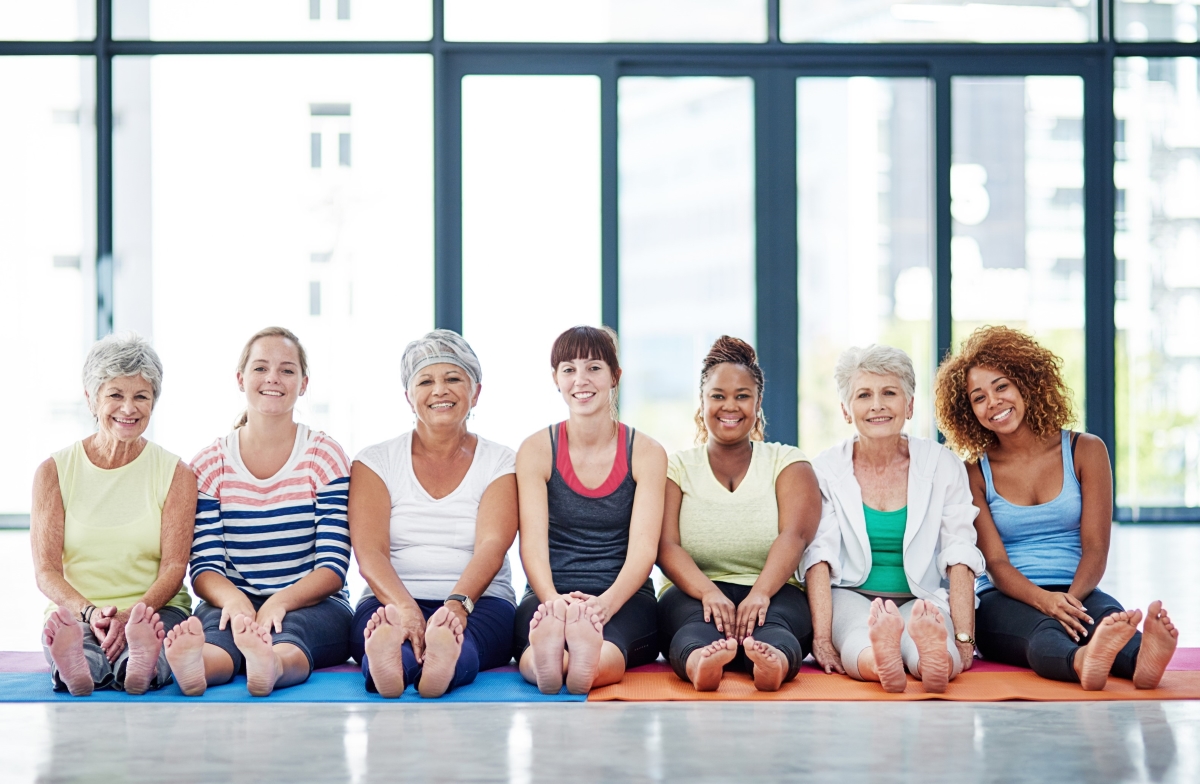
Physical fitness isn’t just about movement—it’s also about breath control and relaxation.
1. Deep Breathing Exercises
Deep, controlled breathing exercises can help improve lung capacity and relax the mind. Sit up straight, inhale deeply through your nose, hold for a few seconds, and exhale slowly through your mouth. This practice can reduce stress and improve oxygen flow.
2. Progressive Muscle Relaxation
Progressive muscle relaxation involves tensing and then slowly releasing different muscle groups to reduce tension. Start by tensing your toes and feet, hold for a few seconds, and then relax. Continue this process, working up the body and focusing on different areas.
Tips for Staying Motivated and Consistent

Motivation is key to maintaining a regular fitness routine. Here are some tips to stay consistent.
1. Setting Realistic Goals
Set small, achievable goals that gradually increase in intensity or duration. For instance, you might start with 10 minutes of exercise and gradually increase it to 30 minutes over several weeks.
2. Incorporating Exercise into Daily Routines
Find creative ways to incorporate exercise into your daily life. For example, you could do seated leg lifts while watching TV or practice breathing exercises while listening to music.
3. Tracking Progress
Keep a journal of your exercises, or use an app to track your progress. Seeing improvements, no matter how small, can help boost motivation and encourage you to continue.
Conclusion

Fitness is for everyone, regardless of mobility limitations. For seniors with limited mobility, engaging in regular, home-based exercise can significantly improve physical health, enhance mental well-being, and boost overall quality of life. By incorporating simple, chair-based exercises, strength training with light weights, stretching routines, and breathing exercises, seniors can stay active, maintain their independence, and feel empowered to face daily challenges with confidence. Even with limited movement, the key is consistency, safety, and listening to your body—small efforts every day add up to big changes over time.

